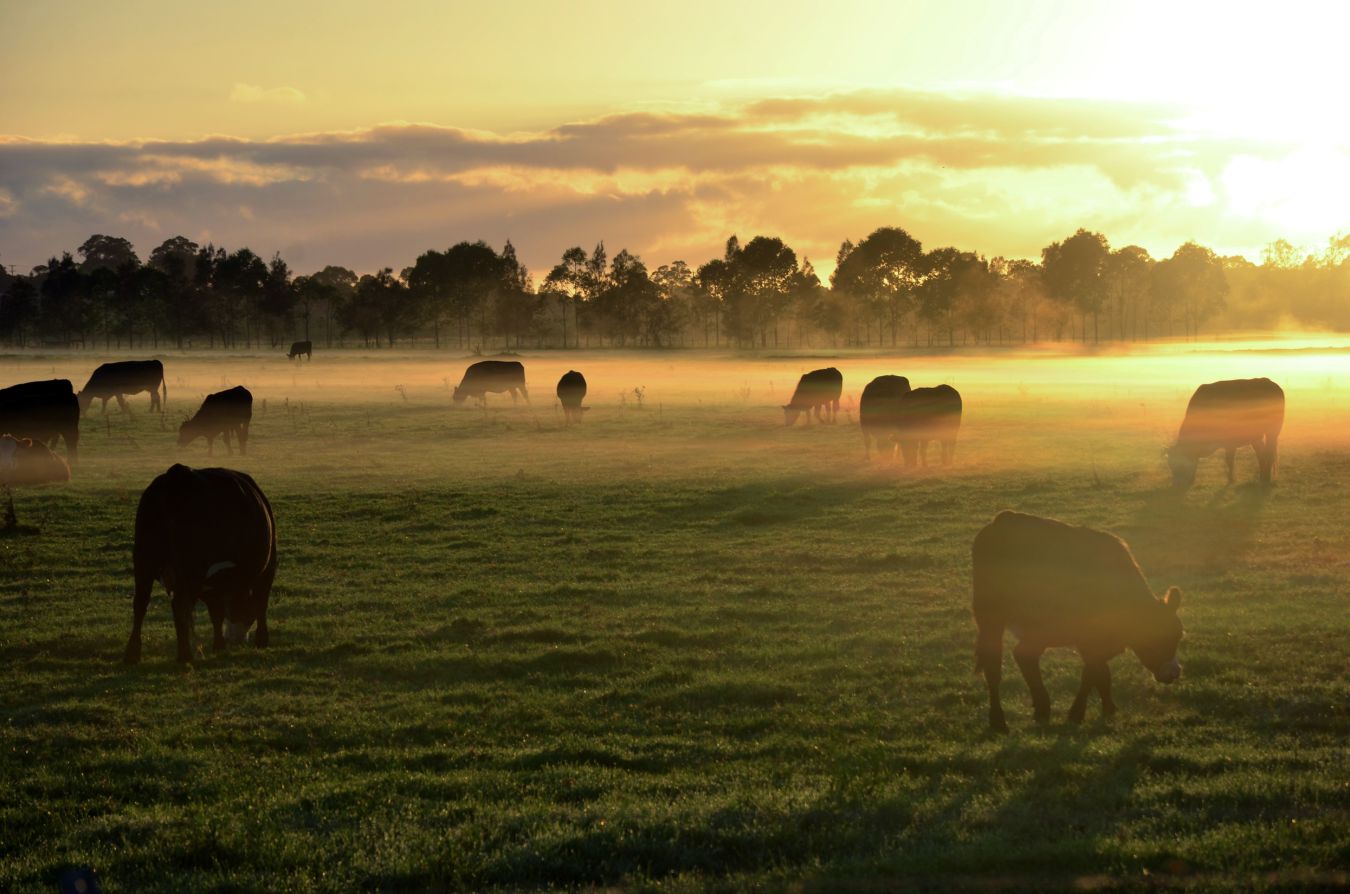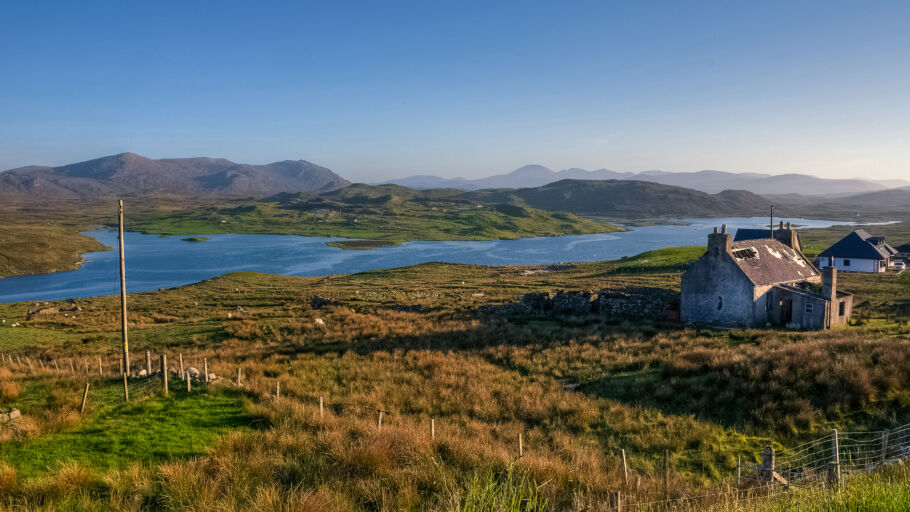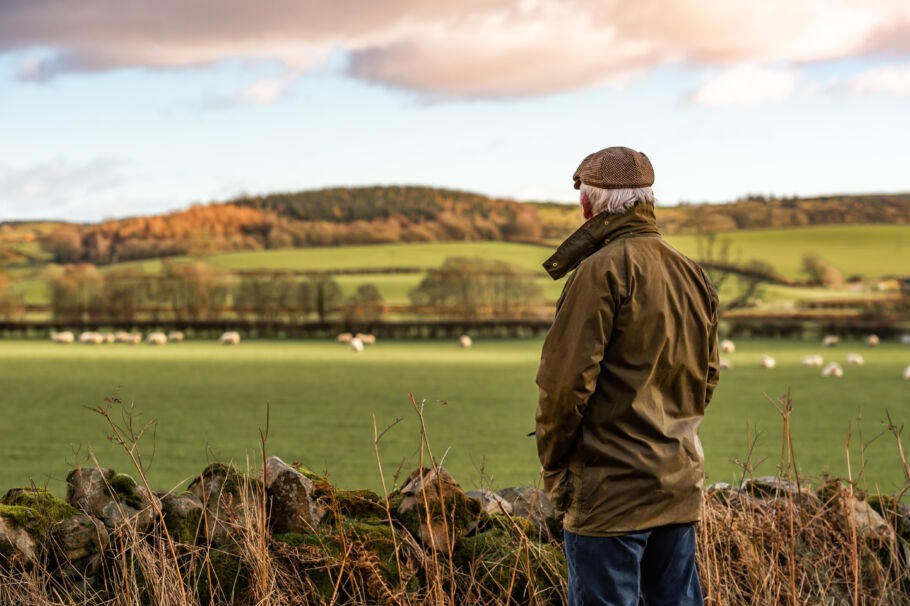
Date published: 17 October 2022
CAP Reform – a blurred vision of the future of support for farmers
The background
The Scottish Government published its Proposals for a new Agriculture Bill in August 2022. The Proposals follow on from the Scottish Government’s Vision on Scottish Agriculture set out in March 2022 – a vision to transform how it supports farming and food production in Scotland to become a global leader in sustainable and regenerative agriculture. A major part of the Proposals paper is the setting up of a new framework of support for farmers and crofters following the UK’s exit from the European Union – the move from the EU Common Agriculture Policy (CAP) to a new system aimed at delivering payments in line with the Vision.
The key outcomes of the Vision are climate change and mitigation, nature protection and restoration, high quality food production and wider rural development. Significant change is afoot with the proposed payment framework looking to deliver both food production and protect and enhance the environment, with a stronger emphasis on the latter than ever before.
The Vision – greater focus on the environment
There is clearly more of a focus on the environment than previous schemes with the proposed new framework following the key outcomes of the Vision:-
Climate change adaptation and mitigation – Land is to be managed in a way that mitigates and adapts to climate change. The Proposals suggest payments conditional upon this outcome along with targeted elective payments, including support for peatland and woodland.
Nature protection and restoration – Land is to be managed in a way that protects and improves the environment. Again, the Proposals suggest conditional and elective payments in this category for nature restoration, maintenance and enhancement, along with mechanisms to support action on a catchment or landscape scale.
High quality food production – The Proposals state that the Bill has an important role to play in promoting food security while supporting the nation’s social and economic wellbeing, as well as promoting local food. The Proposals recognise that, following the end of the current payment system, additional funding mechanisms will probably be required to support the agriculture industry in line with the key outcomes and provide support in the event of a crisis.
Wider rural development – Following the Vision, the Proposals look to undertake a whole land approach which will seek to optimise the use of wider natural assets while benefitting rural communities. The Proposals include supporting land managers and communities (not only in agriculture), rural development and economy, community led development and information sharing, innovation and influencing policy development, and public access and understanding of land use.
How the proposed payments will be structured
The Proposals state the government recognises that farmers need to be rewarded for feeding the nation and looking after the countryside and suggest conditional payments in four categories.
Tier 1 payments would be Base Level Direct Payments to support food production and land management and could be viewed as income support for farmers. These payments would be conditional upon the claimant meeting certain standards of activity, climate, biodiversity and efficiency under a “Whole Farm Plan”.
Tier 2 payments would be Enhanced Level Direct Payments. These would go a step further than the conditional measure in Tier 1, requiring additional compliance relating to efficiencies, greenhouse gas, nature restoration and enhancement. These are aimed at creating more efficient, sustainable and regenerative farming practices.
Tier 3 payments would be Elective Payments, focussing on targeted measures for nature restoration, innovation and supply chain support. These would be wide ranging and location specific, and targeted support could be for particular species or habitats, conversion to organic farming and innovation. Recipients would not necessarily need to be claiming support under Tiers 1 and 2.
Tier 4 payments would be complementary to the other tiers and would provide training and development and support for trees, woodlands, peatland restoration and areas of natural restraint. This tier could also provide coupled support for the beef and sheep sectors. Again, recipients would not necessarily need to be claiming support under the other tiers.
The Proposals recognise the need for payments to develop and be adapted to social, economic and environmental conditions and suggest the Bill allows for the framework to be adjusted over time, with secondary legislation providing the detail of the scheme. In addition, it is proposed the Scottish Minister will have power to support the agricultural industry with crisis payment power and a crisis reserve.
Sector concerns
Earlier in the consultation on CAP reform, there were arguments from parts of the farming sector that support should include an unconditional basic payment element, but despite this all tiers in the Proposals are conditional. With more stringent environmental regulations to comply with, farmers may be concerned about the increased costs of production in complying with rules and the resultant impact on profitability. The Vision was set with the best of intentions, though some even argue farmers will be paid to look after the countryside rather than be supported in food production as the proposed framework appears to favour environmental protection by giving little in the way of reward for farming activity. Industry leaders have already raised concerns about losses to the industry with levels of production reducing and some farmers giving up altogether, and whereas the industry is generally supportive of protecting the countryside (having been custodians for many years), the reality is that farming businesses need to be profitable to remain viable. In this era of the costs of living crisis, there will be ever more pressure on farmers to produce more and cheaper food and getting the right balance between protecting our natural environment while supplying sufficient and high quality food will be a challenge. Whether the proposed framework will meet that challenge remains to be seen.
What happens now?
We don’t yet know the full detail of the rules and how they will be implemented in practice. The Act that will follow on from the Agriculture Bill will be primary legislation, so even when the Bill is enacted there will be secondary legislation with detailed provision later on. At a time when farmers are facing future volatility and ever increasing input costs, there has been criticism from the sector over the lack of clarity and detail of the new framework at this late stage, leading to a further lack of confidence in the future of food production in Scotland. While we await the draft Bill we can expect to see further discussion and pressure from the sector on this matter from food producers, as they look to plan ahead, want to know how they need to be farming come 2025, and the debate of balancing food production with protecting the countryside continues.
To find out more contact us here
Expertise: Dispute Resolution, Rural Disputes
Sectors: Rural Property and Business















